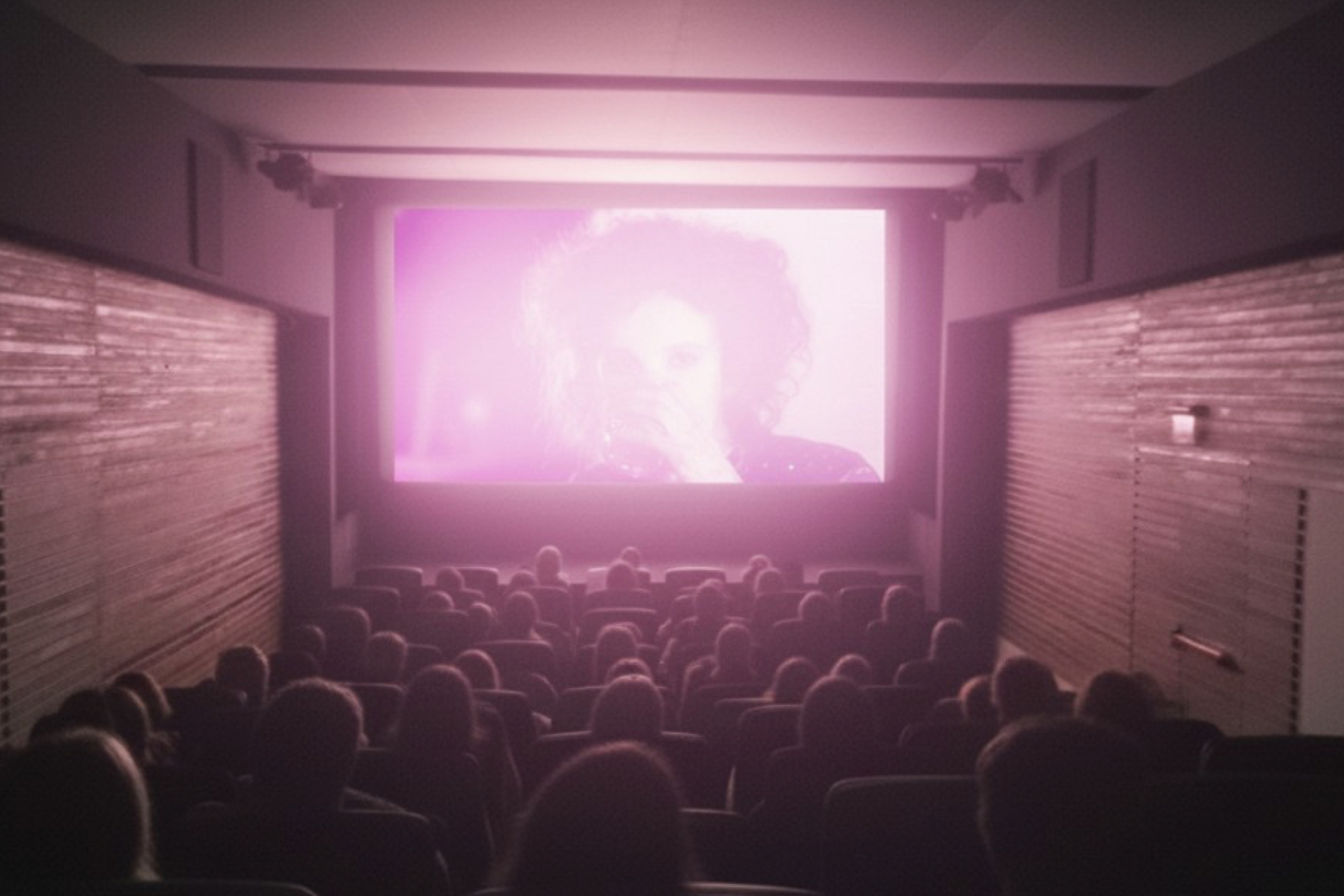"Cuando llegué a París tenía diez años y no sabía hablar francés", revela André. "Tuve que encontrar mi camino, así que empecé a dibujar mucho, en lo que siempre fui bueno, y cuando tenía trece o catorce años, eso me llevó a empezar a hacer graffiti". Figura clave en los primeros tiempos de la cultura graffiti en los años 80 de Europa, Saraiva es mejor conocido por su alter ego que creó para estar en las paredes de casi todo el mundo. "Durante un tiempo hacer graffiti fue mi vida. Viajé a tantas ciudades diferentes. Y hacer grafiti fue una forma increíble de descubrir un lugar. Saliste de noche a pintar, te perdiste y tuviste que encontrar el camino a casa mirando los graffitis que hiciste y recorriéndolos. Así que era una forma de hacer mi personaje en todas partes y que todos lo llevaran consigo. Eso es parte de mi concepto para el Mr. A. Quiero que esté en todas partes y que sea popular, en el sentido de masivo y accesible para todos".
"When I arrived in Paris, I was ten years old and didn't speak French," André reveals. "I had to find my way, so I started drawing a lot, which I was always good at, and when I was thirteen or fourteen, that led me to start doing graffiti." A key figure in the early days of graffiti culture in 80s Europe, Saraiva is best known for his alter ego created to be on walls all over the world. "For a while, doing graffiti was my life. I traveled to so many different cities. And graffiti was an incredible way to discover a place. You went out at night to paint, got lost, and had to find your way home by looking at the graffiti you made and fo llowing them. So it was a way of putting my character everywhere and having everyone carry it with them. That's part of my concept for Mr. A. I want it to be everywhere and be popular, in the sense of being massive and accessible to everyone".


Su pasión por la cultura callejera lo llevó a colaboraciones con marcas como Adidas o Longchamp y a ser dueño de varios clubes nocturnos y hasta de un hotel (Hôtel Amour) que hoy se expandió. "París era un poco lento en ese momento. Además de algunas buenas fiestas, todos los clubes estaban dirigidos, y todavía están dirigidos en su mayoría, por los grandes ricos y famosos. La música era una estúpida mierda comercial. Queríamos tener un lugar donde pudiéramos escuchar nuestra propia música y que vinieran nuestros amigos, un lugar que no estuviera gobernado como los otros lugares estaban gobernados. Así empezó Le Baron. Entonces hicimos algo que no era comercial y más basado en el artista, dando la bienvenida a todos los marginados y todos los bichos raros a nuestros clubes. Todos los otros clubes no los querían, nosotros sí".
His passion for street culture led him to collaborations with brands like Adidas and Longchamp and to owning several nightclubs and even a hotel (Hôtel Amour) that has since expanded. "Paris was a bit slow at that time. Besides a few good parties, all the clubs were run, and still mostly run, by the rich and famous. The music was stupid commercial shit. We wanted to have a place where we could listen to our own music and have our friends come, a place that wasn't ruled like the other places were ruled. That's how Le Baron started. So we did something that wasn't commercial and more artist-based, welcoming all the misfits and weirdos to our clubs. All the other clubs didn't want us, but we wanted them".


La cultura de trabajo colectivo que cultivó des de sus inicios se lleva muy bien con la nueva era marcada por las colaboraciones entre diversos artistas. "A veces la gente dice, ah, pero el graffiti es ilegal. Es antisistema, cierto. Pero también nuestra cultura, la cultura hip hop, siempre fue cómo usar al sistema. No somos parte del sistema, pero sabemos usarlo. Entonces, cuando hago una colaboración, uso la marca para promocionar y llevar a cabo mi nombre. Siempre digo que, solía ir y pintar un tren o metro o un camión, y el camión viajaría y llevaría mi nombre por la ciudad o por todo el país. Y haciendo una colaboración con una marca, van a difundir mi nombre".
The culture of collective work that he cultivated from the beginning aligns well with the new era marked by collaborations between diverse artists. "Sometimes people say, oh, but graffiti is illegal. It's anti-system, true. But also, our culture, hip hop culture, has always been about how to use the system. We're not part of the system, but we know how to use it. So when I do a collaboration, I use the brand to promote and carry out my name. It's a bit like when I used to go and paint a train or a metro or a truck, and the truck would travel and carry my name around the city or throughout the country. And by collaborating with a brand, they will spread my name."


.jpg)



